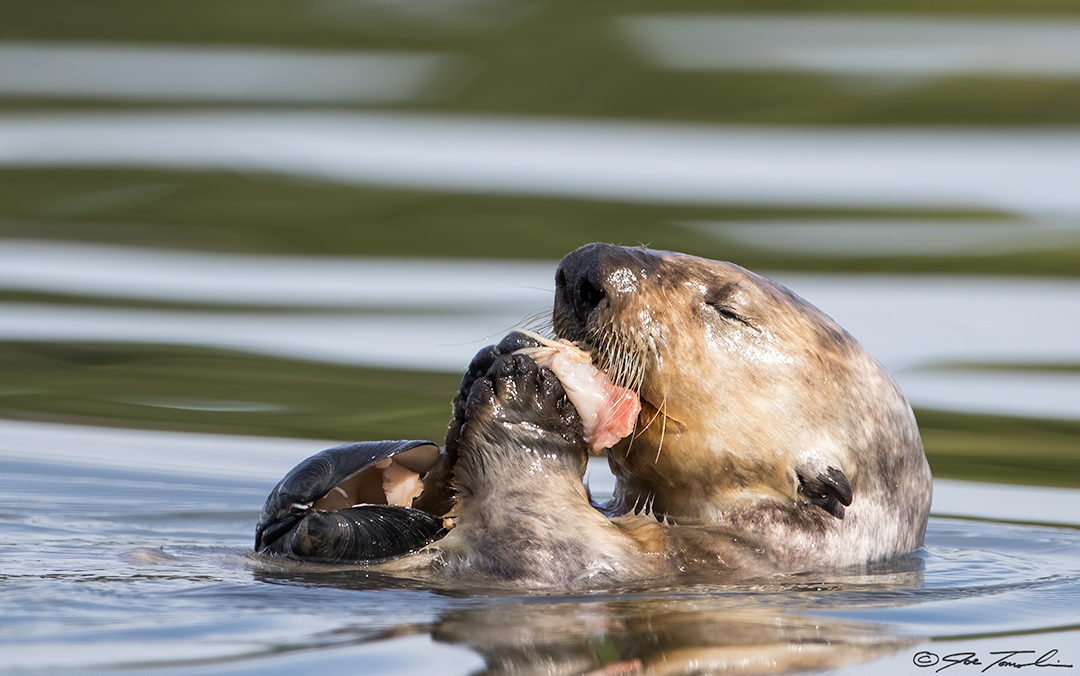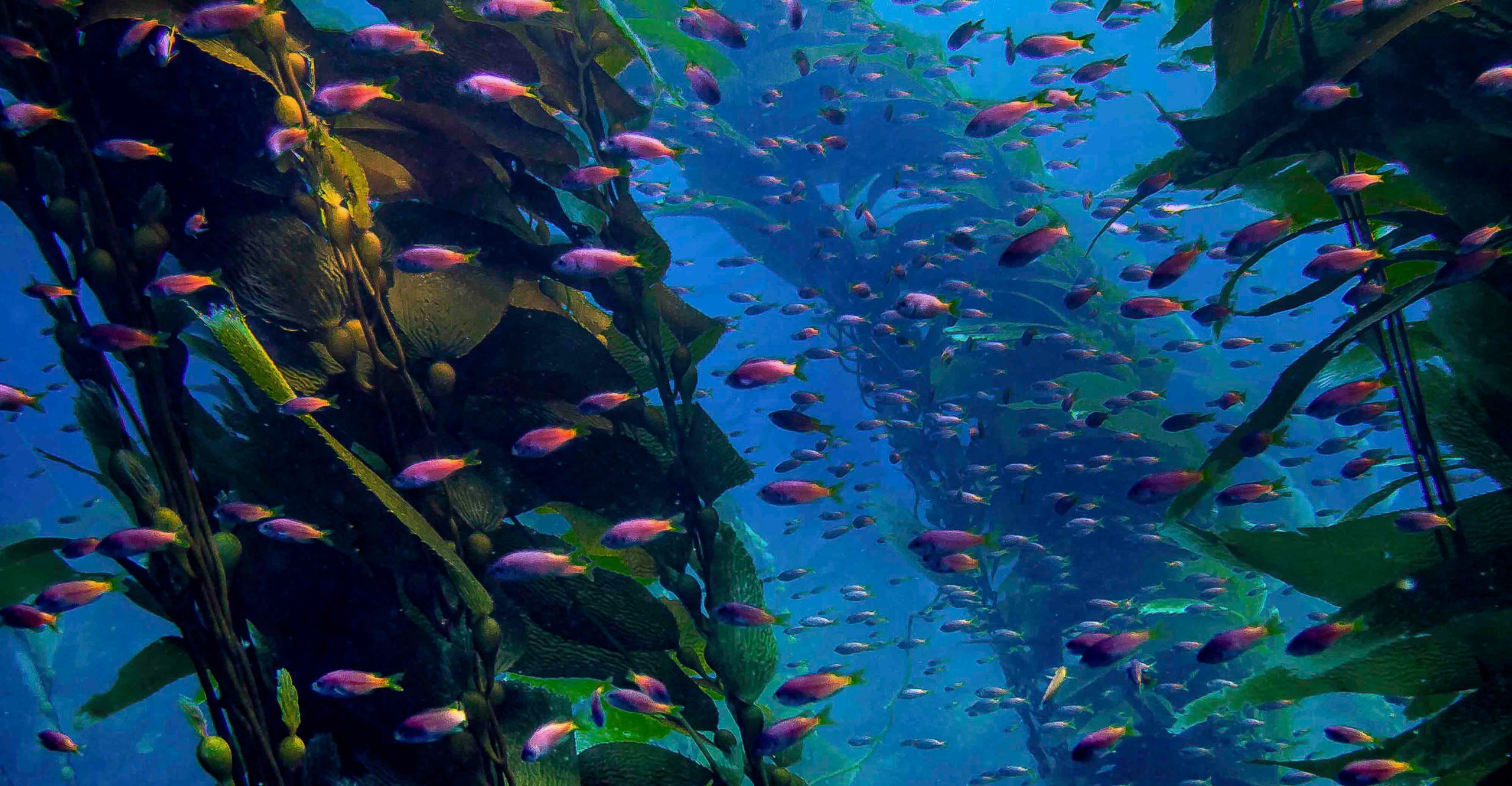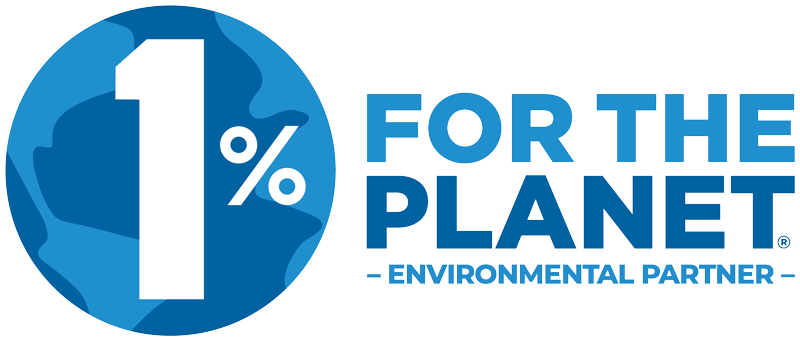Sea Otters: A Keystone of Kelp
Sea otters play a critical ecological role as a “keystone species” of the kelp ecosystem. The term keystone means a species that has a disproportionately large effect on its environment relative to its abundance.

Benefits of Sea Otters
For more than a century, Oregon’s marine ecosystem has been without this keystone species. Evidence suggests that today’s nearshore kelp ecosystem is less resilient than when sea otters were present.
Over five decades of research indicates a healthy, established population of sea otters can result in more extensive and richer kelp forests that attract and retain eggs, larvae, and juveniles of many species of fish and shellfish, including those of commercial importance. Learn more about the kelp ecosystem…

Urchin Management
Due to the loss of sea otters and tragic die-off of predatory sea stars, purple sea urchins have exploded in many areas along the Oregon Coast with alarming consequences to kelp forests.
In some locales, sea otter consumption of purple sea urchins may provide an ecological service; helping maintain or restore kelp forests. Learn more…
Resiliency to Climate Change
Kelp forests buffer ocean wave action along the nearshore, helping to protect the shoreline from erosion. Kelp forests also sequester, or capture, large amounts of carbon dioxide from the Earth’s atmosphere addressing ocean acidification and climate change. Learn more…

